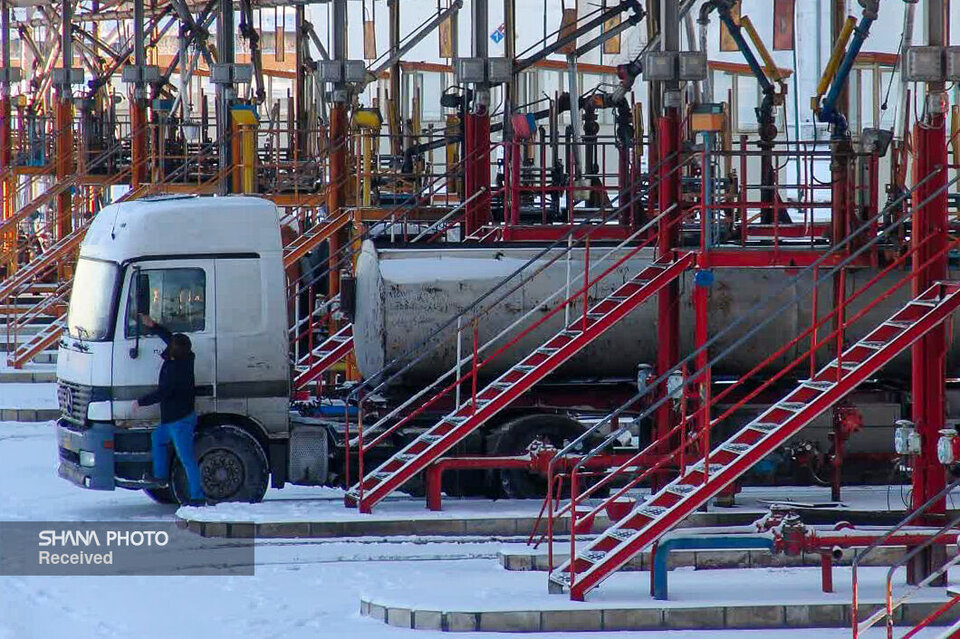Mohammad Meshkinfam, speaking on Monday in a state TV program, addressed the "Challenges and Solutions to Combat Fuel Smuggling."
He stated that the comprehensive metering plan was defined by the National Iranian Oil Refining and Distribution Company and was communicated to the NIOEC in mid-January. The agreement was signed on Feb. 2.
Meshkinfam added that the plan will equip the entire chain, from crude oil production to transfer and distribution, with metering systems for real-time monitoring. All data will be transferred to the monitoring system of the NIOEC.
He emphasized that meters will be installed at the beginning and end of all pipelines, with inputs and outputs closely monitored. The comprehensive metering plan will be implemented in three phases over three years.
Need for blocking plan to realize fuel quotas
Nematollah Najafi, operations manager of the National Iranian Oil Products Distribution Company, noted during the program that the Sepahtan and Sipad systems have been stalled for over nine years, with unclear benefits to the country.
He stated that each system has its own requirements, and if Sipad is to be installed, urban cameras must also monitor the process. However, the Municipalities and Village Administrations Organization has shown no willingness to support the plan.
Najafi stressed the need to implement a blocking plan to realize fuel quotas, ensuring that urban fleets receive their required fuel from their respective provinces rather than sourcing it from other cities.
He highlighted that out of 62 million liters of fuel used in road transportation, half is consumed by municipalities and urban fleets, where the majority of smuggling occurs.
According to available statistics, fuel consumption in the transportation sector in five border provinces amounted to approximately 3 billion liters over eight years, largely facilitated by migrant cards.
Najafi added that implementing an online fuel allocation system based on transport documents would significantly reduce fuel waste. He also noted that police support for the third license plate plan would address many issues, reducing the need for the Sepahtan and Sipad systems.
Daily fuel smuggling worth $140m
Nosratollah Seifi, former CEO of the Fuel Consumption Optimization Company, stated during the program that 20 to 28 million liters of fuel are smuggled daily in Iran. At a price of 60 cents per liter (FOB Persian Gulf) plus 10 cents for transportation, the country loses approximately $140 million in potential export revenue daily due to smuggling.
Seifi pointed out that the inefficient structure of the country’s energy economy, the strong financial cycle of smuggling, the current distribution and pricing system, and the suboptimal production of oil, gas, and other energy sources are key challenges fueling smuggling.
He noted that waste, inefficiency, and the lack of economic justification for projects, along with significant price disparities across borders, are root causes of smuggling.
Seifi emphasized that while price-based solutions have not been implemented over the years, non-price solutions such as developing public transportation infrastructure face challenges due to resource shortages.


Your Comment